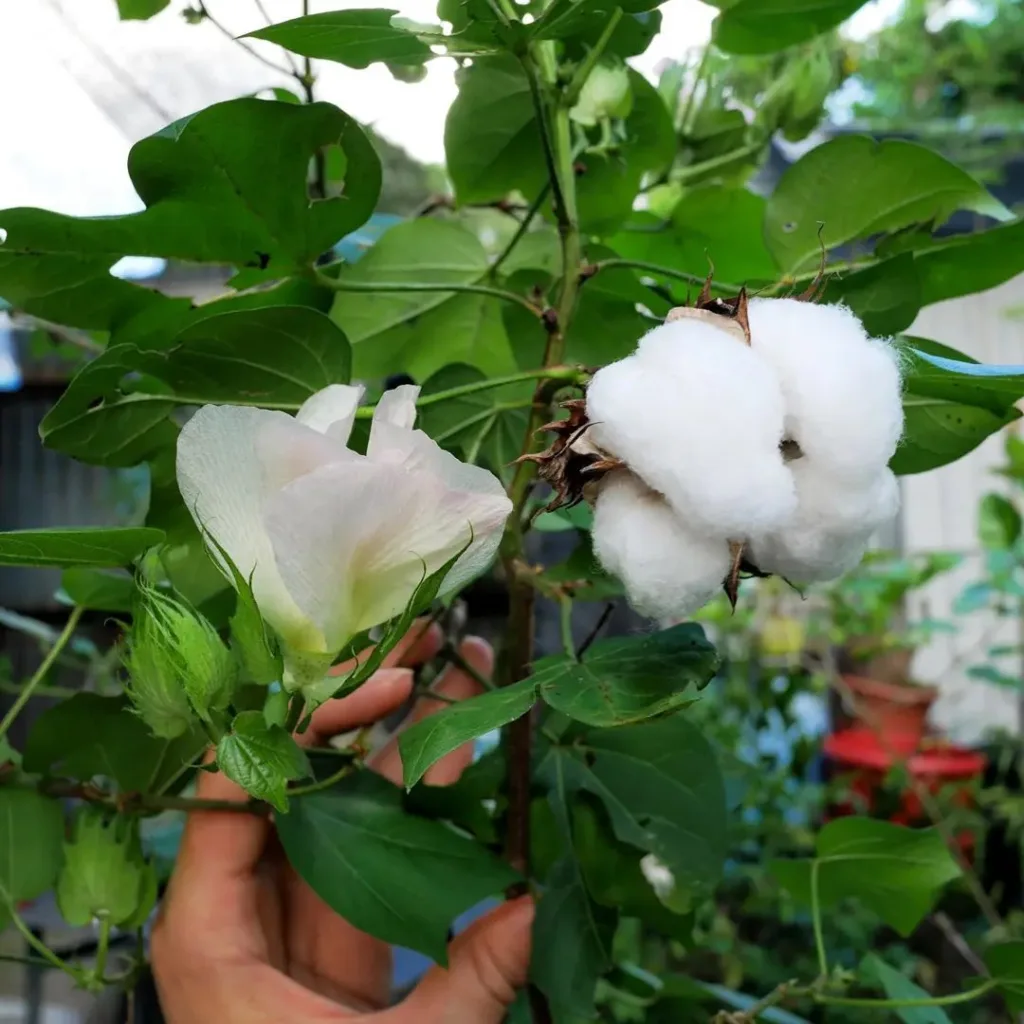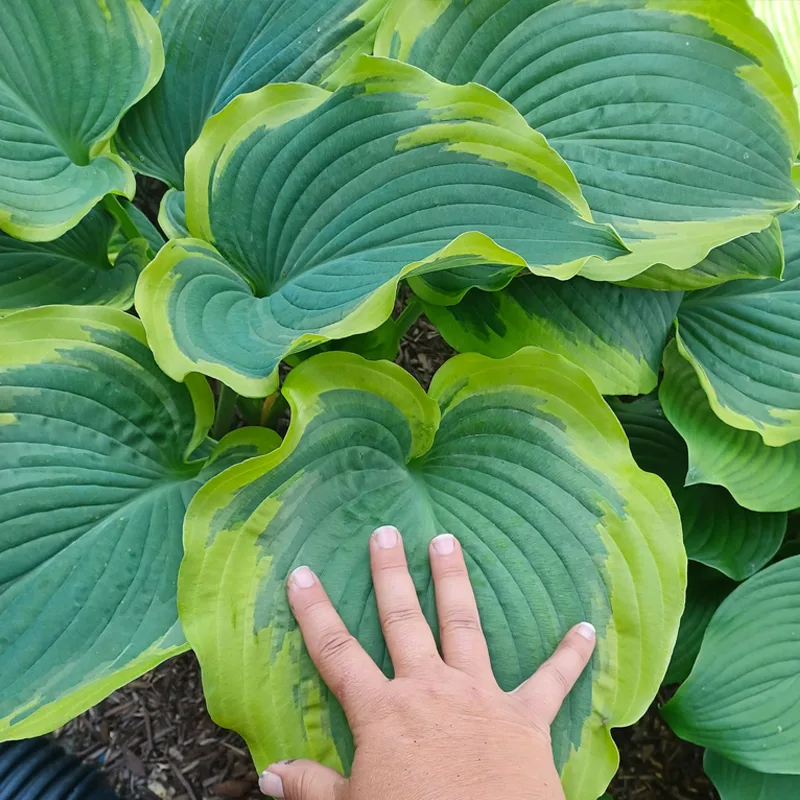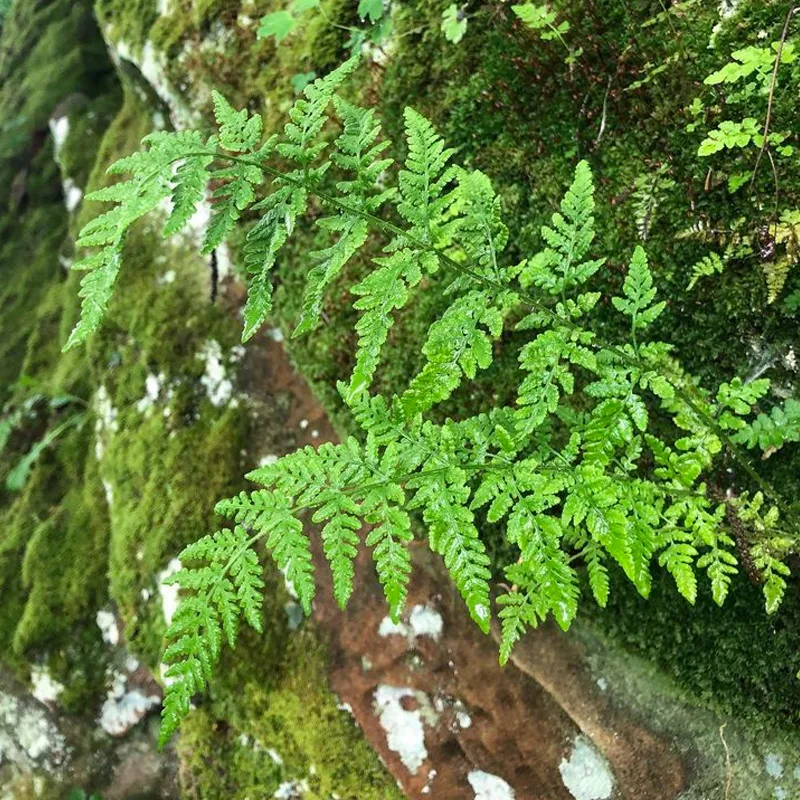Lactuca Floridana: A Wild Beauty with a Touch of Blue
For the past few weeks, a delicate-looking wildflower has been catching my eye on my nature walks. With its slender stalk and sky-blue blooms, it radiated a quiet elegance that begged for identification. After some enthusiastic digging through field guides, I discovered it was Lactuca floridana, also known as woodland lettuce, Florida lettuce, or false lettuce.
Intrigued by this intriguing plant, I delved deeper to learn more about its secrets. Here’s what I discovered about Lactuca floridana.
117 Species in Genus Lactuca
Does Lactuca Floridana Have Flowers?
Absolutely! Lactuca floridana is known for its beautiful blue flowers, a characteristic that often earns it the nickname “blue lettuce.” These flowers aren’t large and showy, but rather cluster in loose arrangements at the top of the stalk. Their color can range from a clear sky blue to a soft lavender, adding a touch of whimsy to woodland edges and meadows.
A Biennial or Annual? Unveiling Lactuca Floridana’s Lifespan
This is where things get interesting. Lactuca floridana can exhibit characteristics of both annuals and biennials depending on the growing conditions. In ideal circumstances with mild winters and consistent moisture, it may behave as a biennial. This means it spends its first year focusing on foliage growth and then flowers and sets seed in the second year before dying.
However, if the winters are harsh or the growing season is shorter, Lactuca floridana might adopt an annual strategy. It will germinate in the spring, flower in the same year, and then complete its lifecycle by setting seed before succumbing to colder temperatures.
How to Care for Lactuca Floridana?
If you’re captivated by the charm of Lactuca floridana and want to introduce it to your garden, here’s the good news: it’s not fussy! This wildflower thrives in moist to wet soils and prefers partial shade to full shade. It’s a fantastic choice for shady areas in your garden that might struggle to support other flowering plants.
Here are some key tips for caring for Lactuca floridana:
- Planting: Sow seeds directly in your garden bed in early spring after the danger of frost has passed. You can also start seeds indoors a few weeks before the last frost and transplant them outdoors once established.
- Watering: Keep the soil consistently moist, especially during dry spells.
- Mulching: Apply a light layer of mulch around the base of the plant to retain moisture and suppress weeds.
- Fertilizer: Lactuca floridana isn’t a heavy feeder and should do well in most average garden soils. However, if your soil is particularly poor, you can provide a light application of a balanced organic fertilizer in the spring.
Sharing the Beauty: Propagating Lactuca Floridana
Lactuca floridana readily self-seeds, so you can simply let nature take its course and enjoy a new generation of these charming wildflowers popping up year after year. However, if you want to have more control over placement or share this beauty with friends, you can propagate it through seeds.
Here’s how:
- Collect seeds once the flower heads have dried and turned brown.
- Store the seeds in a cool, dry place over winter.
- Sow the seeds directly in your garden bed in early spring.
What to Plant with Lactuca Floridana?
Lactuca floridana’s delicate appearance and preference for shade make it a wonderful companion for a variety of shade-loving plants. Here are a few suggestions:
- Ferns: The lush foliage of ferns complements the airy texture of Lactuca floridana.
- Hostas: The bold foliage of hostas provides a nice contrast to the blue flowers.
- Columbine: The delicate blooms of columbine in shades of pink, purple, and white create a charming combination.
- Coral bells: The colorful foliage of coral bells adds a pop of vibrancy to the shade garden.
By incorporating Lactuca floridana into your shade garden, you’ll not only add a touch of elegance with its blue blooms but also provide a haven for pollinators like butterflies and bees. So, the next time you’re out exploring nature, keep an eye out for this hidden gem. You might just discover a new favorite wildflower for your own backyard!
If i die, water my plants!



